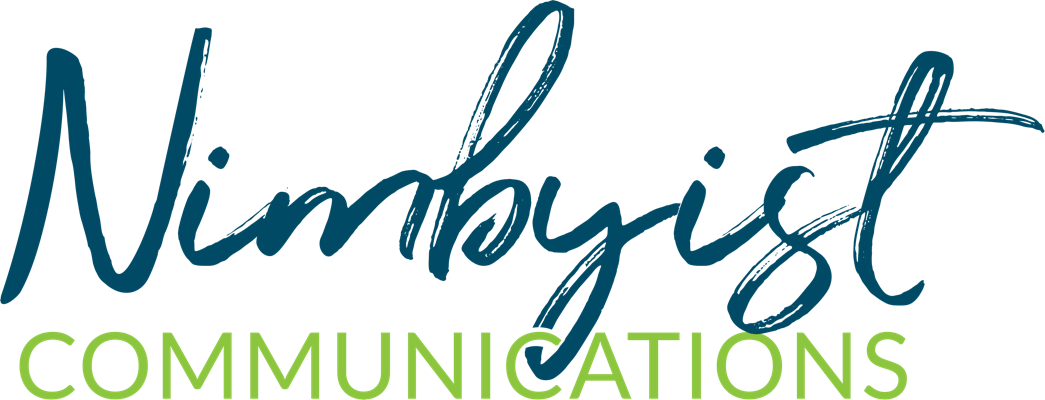Is your management style hands-on or hands-off? How do you like to be managed? There are many different ways to manage people, and there’s one thing nonprofit pros agree on: Even if you’ve hired an awesome intern, good management can decide whether an experience flies or flops.
“Management is everything,” noted Gail Perry (@gailperrync) when I asked for intern-related advice on Twitter. The trouble is, the definition of “good management” can vary from one person to the next.
Understand your own management style
Clare McDowall (@ClareMcDowall), marketing & communications director for Canadian nonprofit Small Change Fund, said she thinks it’s important to understand your own management style before you start hiring.
“I know that my management style is very hands off,” she explained. “I think it’s important that I understand what that means in terms of work-style, and be open about it during the interview process so a potential intern knows what to expect.”
For example, this spring Sarah Hawkins was hired to share the stories behind the causes involved in Small Change Fund’s recent Seven Small Wonders of Canada campaign. She had a lot of autonomy to do her work.
“I reviewed the first things she created, then let her go for it,” said Clare. “The [Seven Wonders] story was also meant to be about her journey, so I didn’t focus too much on things like language. If something really stood out, I flagged it – but there really wasn’t much to be concerned about. In another situation, I would probably do more around key messages and trial messages and posts, but I also need to feel confident about the people I work with.”
Learn as you go
Clare noted that as part of her feedback, Sarah mentioned it would have been helpful to have more information about the organization at the start; her internship lasted 10 weeks, so she had to get up-to-speed very quickly. “It’s important to evaluate what you’ve done so you can learn for next time,” Clare said.
Laying the groundwork for your internship
“In the nonprofit world, we have a lot of fear that interns will take too much time,” Clare observed. She’s found two things that make a big difference: scheduling, and looking for clues during the application process.
Scheduling makes a difference. “One person I worked with was available one day a week; I thought this set-up would be an ideal way to help manage my time, but I was wrong,” she explained. “Because she came one day a week, there was no continuity and we spent a lot of time doing review, re-prioritizing, and repeating conversations we’d had earlier on; it wasn’t a good arrangement.”
Clare found that a regular schedule worked much better. “Another time, I had an intern come four days a week – that was great. There was a larger investment of my time up front, but because she was in so regularly we rarely did any review and she felt comfortable taking ownership of her work and really moving things forward.”
Look for clues in resumes. Resumes are the ideal place to look for clues about who might be a good fit.
Pamela Grow (@PamelaGrow) shared on Twitter that she’s had great success with interns who have a strong background in service through their high school or college.
Clare agrees, watching for things like volunteer or leadership experience. “These activities show that someone can take the initiative to make change for themselves.”
What other advice do you have for creating internships that work?
- Read Part I – How to hire an awesome intern
- Read Part III – Nonprofit interns: A sanity-saving hiring process
Disclaimer: I’ve done volunteer work with Small Change Fund and am quite excited about the work they’re doing! Find them online at smallchangefund.org or on Twitter @SmallChangeFund.



